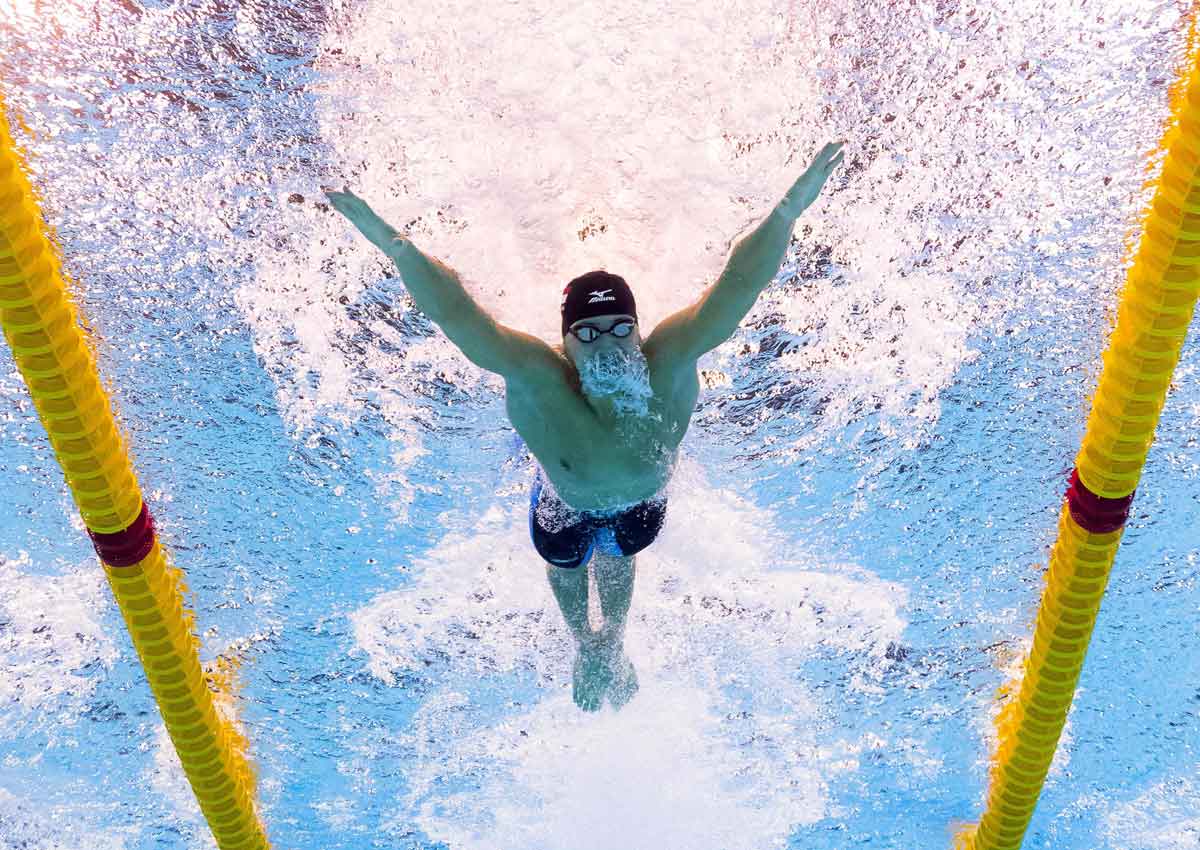RIO DE JANEIRO-The 50-meter Olympic freestyle is an all-out sprint that confers upon its winner the title of fastest swimmer in the world.
But a disturbing question is arising about the 50-meter competitions just completed here at the Rio Games: Did a current favour athletes on one side of the pool?
Three scientists who previously published peer-reviewed work showing that a current influenced 50-meter races at the 2013 world championships say that the same problem appears to have existed in the Olympic pool in Rio.
Led by Joel Stager, director of Indiana University’s Counsilman Center for the Science of Swimming, the three researchers say that Olympic results this month suggest that a current boosted 50-meter competitors in the higher-numbered lanes of the eight-lane pool.
As evidence, they note that of the eight men and eight women who swam fast enough during the 50-meter semifinals to qualify for the final, all but one swam in lanes 4 through 8.
Moreover, athletes who swam in lanes 5 through 8 during preliminaries or semifinals and moved to lanes 1 through 4 for later heats got slower.
They posted times about a half per cent slower in the subsequent round-even though pace tends to quicken as events progress.
Of the three male and three female medalists in the 50 freestyle finals, five swam in lanes 4 through 8. The exception was American Anthony Ervin, who won the 50-free gold medal swimming in lane 3. Pernille Blume of Denmark won the women’s 50 free in lane 4.
“It’s a big deal. This is horrific,” said Stager, whose co-researchers were Chris Brammer, a doctoral candidate in exercise physiology at Indiana University, and Eastern Michigan University professor Andrew Cornett.
Officials at FINA, swimming’s world governing body, said they were reviewing the analysis.
Read the full article here.
OTHER WSJ.COM STORIES:
– Rio 2016: Judge Authorizes Probe Into Ryan Lochte Robbery Account
– Rio 2016: That Iconic Usain Bolt Photo Is Actually Two Photos
































6.jpg)




























